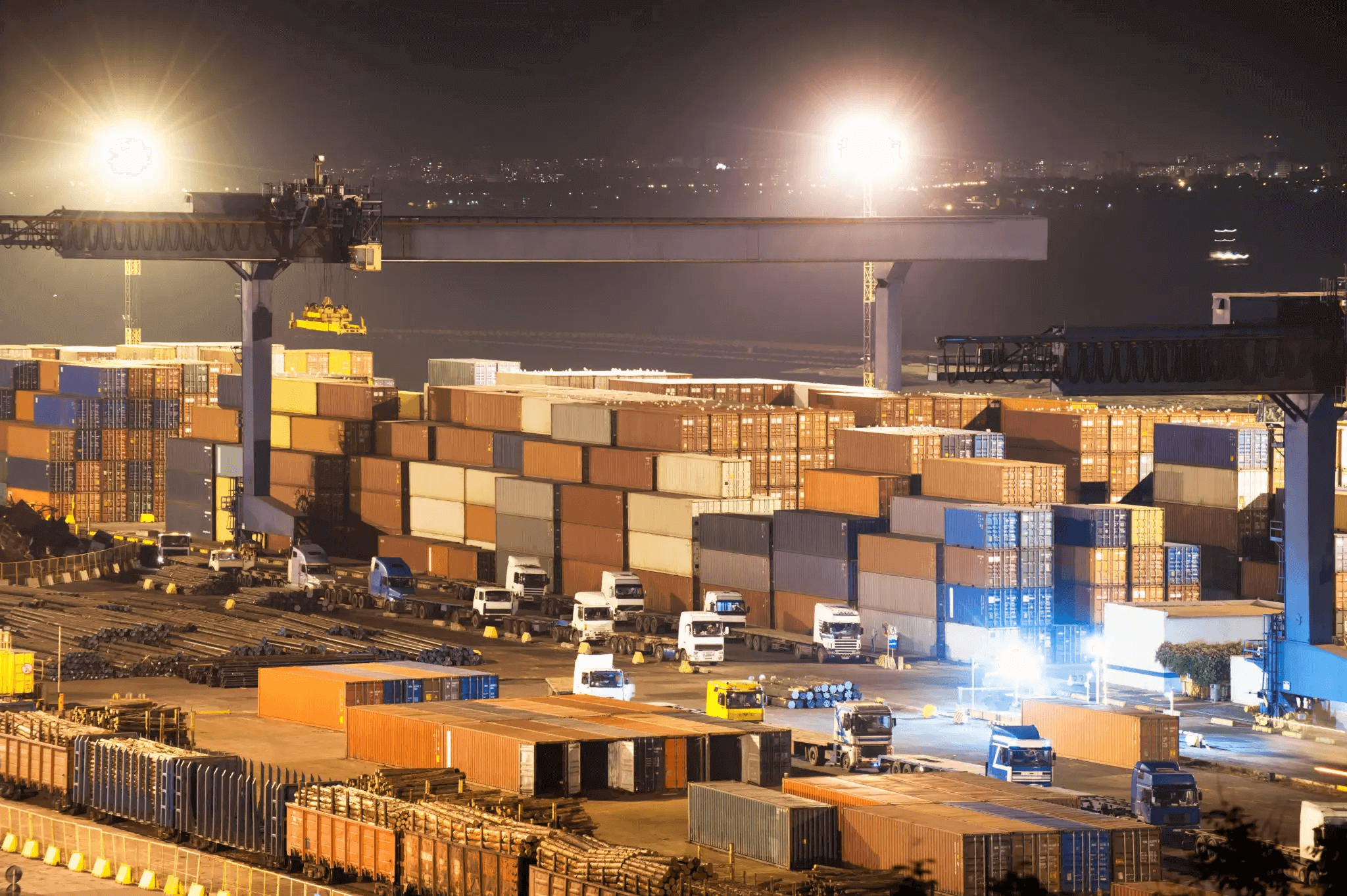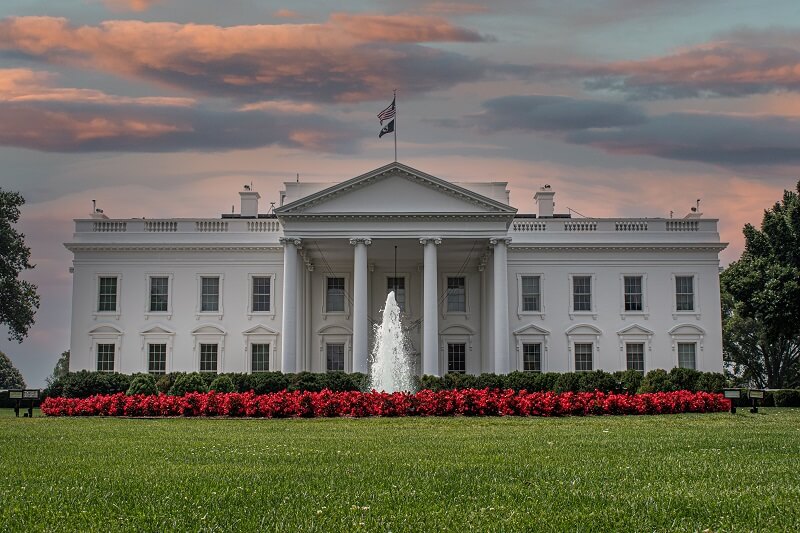
Port Gridlocks, Worse than the Grinch this Holiday Season?
The North American supply chain has an increasing problem with port congestion, leading to fluctuating consumer goods inventories. The more our team examined this issue; it became clear the problems were taking on a snowball effect spreading through the supply chain from the shipper to the consumer, and everyone in between.
There are many questions surrounding the current port issues, so let’s break it down into bite-size questions…
“Why are many store shelves looking barren?”
Put simply, it’s all about inventory (or the lack thereof) making its way from the port to store shelves. There are two main challenges occurring here:
- Continuing shortages of key tech components (like microchips)
- Massive shipping gridlocks at ports with unknown resolve times
At this point most have experienced the shortages first-hand (whether missing menu items at restaurants, or seeing an empty car dealership) but the shipping gridlocks are relatively new problems. There are literal tons of goods sitting at the port and (according to some sources) this will be a long-term problem for the foreseeable future (CNBC). Every moment these containers are held up at the port, inventories will continue to be in a state of flux.
“What is causing the gridlocks?”
There’re many causes for gridlocks, but after researching the current climate, we found these to be main points:
- Shortage of drivers
- Decreased operational hours for ports
- Ramped up production (for the holiday season)
- Increased consumer demand (also holiday-related)
- Legislation limiting owner operators
“What should we expect next?”
Unfortunately, most reports indicate this issue will continue to worsen as we move forward into 2022, and last through the holiday season. For our supply chain professionals, here’s some considerations:
- Carriers: Plan for delays when entering and exiting ports, stay patient with port officials as we all try to sort through the issues.
- Brokers: Increased communication is needed to stay in the know about your brokered loads. Consider the upcoming capacity shrinkage as ports begin to ramp-up offloading containers again.
- Shippers: Since these delays effect both components and final product, prepare for continued delays and increased shipping costs as capacity shrinks to accommodate the massive amount of freight needed to be moved.
One of the “big picture” items to keep in mind; this congestion is like a blocked dam, and once the clog is removed, there will be a flood of freight moving across North America.
Where exactly is this occurring?
Port congestion is a national problem, but some areas are worse than others. Currently, California is experiencing a large portion of the nation’s port issues based on recent legislation changes around who can and cannot haul within state borders. And this is not limited to California; here are the most jammed container ports:
- Port of LA
- Port of Long Beach
- Port of Houston
- Port of Savannah
- Port of New York
Some ports are switching to a 24/7 schedule, attempting to limit excessive backlogging. As of right now, it’s confirmed this type of schedule is being used at Port of LA and Port of Long Beach (Quartz).
In conclusion, port congestions are here to stay for a while – at a minimum until the end of the holiday shopping season, possibly into 2022 too. Specific ports remain worse than others, so plan ahead of time for delays if you have drivers headed there.
Do you have additional tips or insight into this ongoing issue? Contact our team at [email protected].
Sources:



